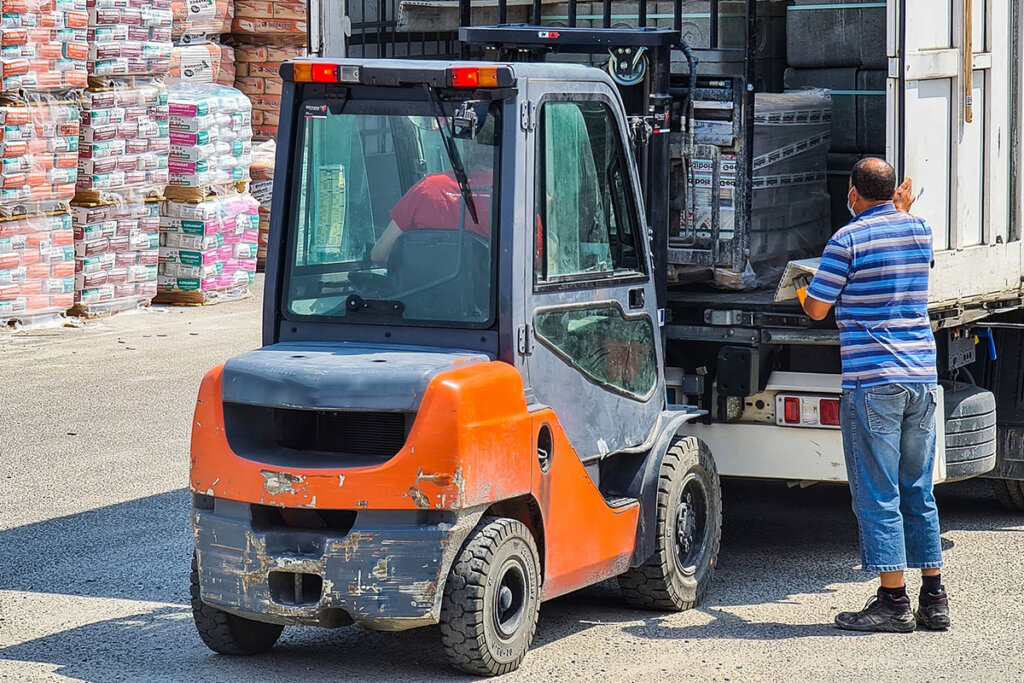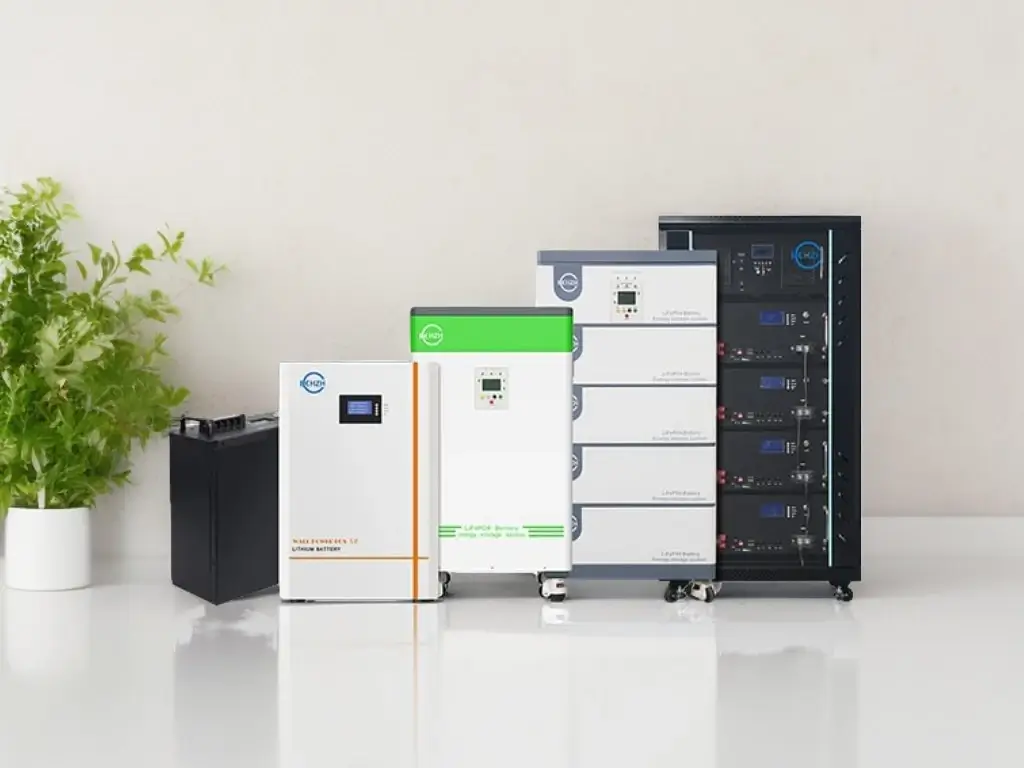Comprehensive Guide to Forklift Battery Costs and Efficiency
In the realm of material handling and warehouse management, the choice of a forklift battery is a critical decision that impacts operational efficiency, safety, and financials. This question delves into a comprehensive guide to forklift battery cost and efficiency, while you learn the nuances of forklift batteries, comparing types, maintenance requirements, and environmental impacts to help make an informed decision.

Understanding Forklift Battery Types
Lead-Acid Battery
Lead-acid batteries have been the traditional choice for forklifts. They are known for their reliability and lower upfront costs. However, they require regular maintenance, including watering and equalization charges.
Lifepo4 battery
LFP material is recognized as the safest battery material, occupying an excellent position both in safety and service life. Lithium Iron Phosphate (LFP) batteries can provide more than 3,000 cycle life for forklifts.
Since the battery does not contain nickel and cobalt, it has the lowest cost among lithium batteries.

NMC battery
NMC (nickel manganese cobalt) battery has the highest energy density and high power density of lithium batteries and also has a strong advantage in charging speed, which is the most extreme choice in the scenario of limited volume and the pursuit of weight ratio.
However, due to the high cost of the battery, very few users choose it for forklifts.
LTO battery
LTO (Lithium Titanium Oxide) batteries maintain their performance in both extremely low and high-temperature environments.
LTO batteries are not only able to charge very fast but also more stable in terms of safety, but the cost of LTO batteries is high.
Lithium Forklift battery Comparative Cost Analysis
Initial Purchase Price
For example, lead-acid batteries range in price from $2,000 to $3,000. Lithium-ion batteries typically cost between $4,500 and $6,000.
Long-Term Operational Costs
Lead-Acid: Lower initial cost but higher maintenance and replacement costs. Over a 5-year period, total costs can amount to $10,000.
Lithium-Ion: Higher initial cost but up to 70% lower maintenance costs. Over the same period, total costs may be around $7,000.
Maintenance and Efficiency
Maintenance Requirements
Lead-Acid: Requires regular watering, equalization charges, and ventilation due to gas emissions.
Lithium-Ion: Virtually maintenance-free, with no watering or gas emissions.
Operational Efficiency
Lead-Acid: Performance decreases as the battery discharges.
Lithium-Ion: Consistent performance throughout the charge.
Safety and Environmental Impact
Safety Concerns
Lead-Acid: Risk of acid spills and gas emissions.
Lithium-Ion: Safer with no acid or gases, but requires proper recycling due to lithium content.
Environmental Considerations
Lead-Acid: Recyclable but poses environmental risks if not properly handled.
Lithium-Ion: More eco-friendly in operation but recycling is complex and costly.
Lifecycle and Total Cost of Ownership
Battery Lifespan
Lead-Acid: 1,500 – 2,000 charge cycles (3-5 years).
Lithium-Ion: 3,000-5000 charge cycles (8-10 years).
Total Cost of Ownership
Lead-Acid: Lower upfront cost but higher total cost over the battery’s life.
Lithium-Ion: Higher upfront cost but lower total cost when considering lifespan and maintenance.
Case Studies and Real-World Applications
Warehouse Operations
Case studies in warehouse operations show that switching to lithium-ion batteries can reduce downtime and increase productivity by up to 25%.
Heavy-Duty Applications
In heavy-duty applications, lithium-ion batteries provide longer run times and faster charging, leading to a 30% increase in operational efficiency.

Future Trends and Innovations
Emerging Technologies in Lithium Forklift Battery Composition and Charging Methods Promise Further Efficiency Improvements and Cost Reductions. The shift towards sustainable and efficient energy solutions is driving the adoption of lithium-ion batteries in the forklift industry.
Conclusion
The choice between lead-acid and lithium-ion batteries for forklifts depends on various factors including cost, maintenance, safety, and environmental impact. While lithium-ion batteries present a higher initial investment, their long-term benefits in terms of efficiency, safety, and total cost of ownership make them a compelling choice for modern warehouse operations.
For further information or assistance regarding forklift batteries, please contact us at info@lithiumbatterytech.com.





1 thought on “Comprehensive Guide to Forklift Battery Costs and Efficiency: An In-Depth Comparative Analysis”
Very wonderful, let me learn a lot, I plan to subscribe to you, thank you for sharing.